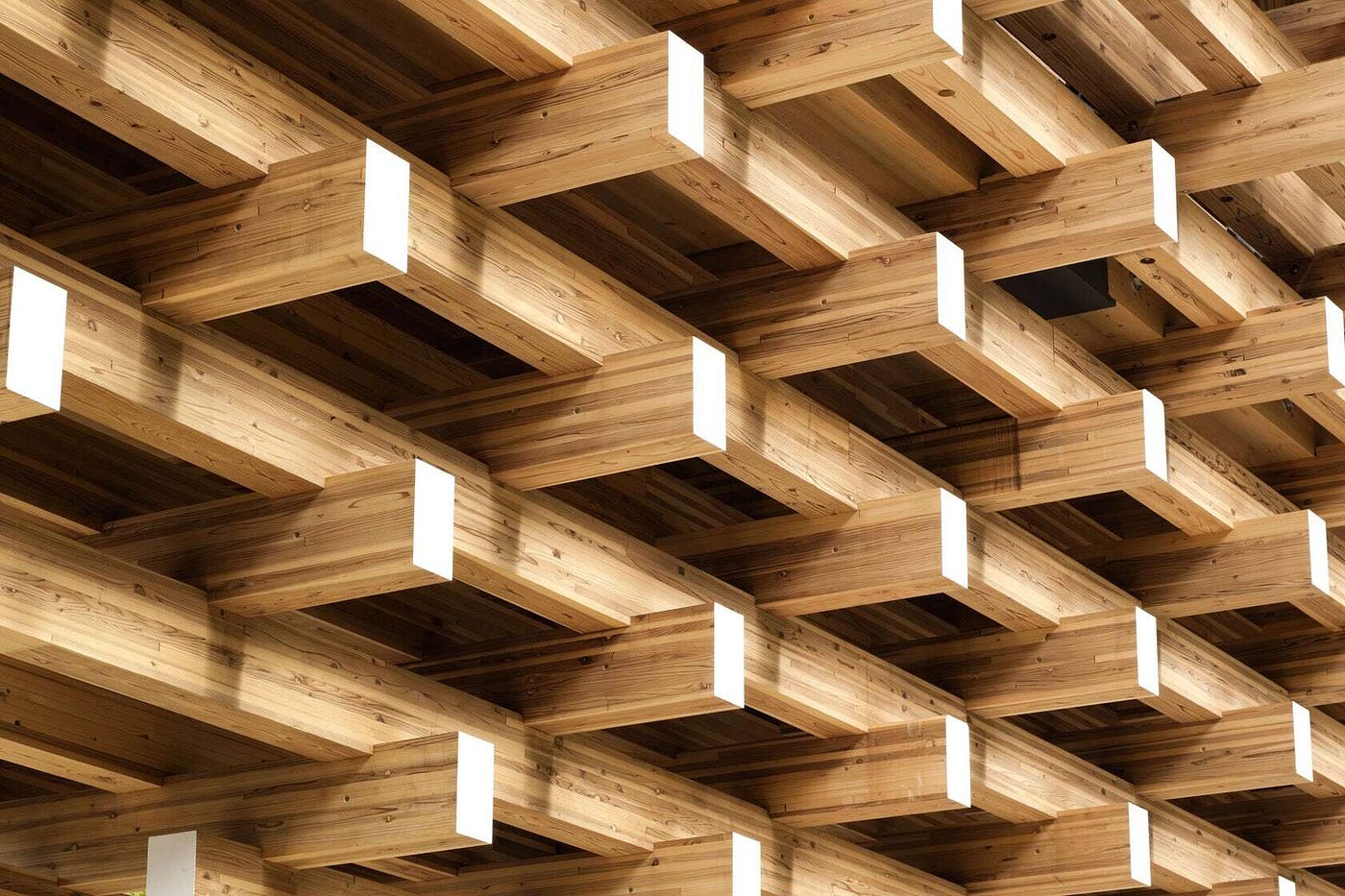What Is the Difference Between Gulam & LVL

When it comes to construction and woodworking, selecting the right materials is crucial for ensuring the strength and durability of a project. Two commonly used materials in these fields are Glulam and Laminated Veneer Lumber (LVL). While both are engineered wood products, they have distinct differences in terms of composition, properties, and applications. In this article, we’ll explore the key differences between Glulam vs LVL to help you make informed choices for your projects.
Glulam (Glued Laminated Timber):
Composition:
- Glulam, short for Glued Laminated Timber, is constructed from multiple layers of solid wood boards.
- These boards are typically cut from the same species of wood and are carefully selected for their quality and strength.
- Each layer, or lamella, is bonded together with strong adhesive glues to create a single, thick beam.
Properties:
- Glulam beams are known for their exceptional strength and load-bearing capacity, making them ideal for structural applications.
- They have high resistance to bending, warping, and deflection.
- Glulam is often used in the construction of large buildings, bridges, and other heavy-duty structures.
Appearance:
- Glulam beams maintain the natural wood appearance of the species used, which can be aesthetically pleasing when exposed in architectural designs.
Applications:
- Common applications of Glulam include roof trusses, beams, columns, and arches in commercial and residential buildings.
- It is also used in the construction of sports arenas, churches, and industrial facilities.
Laminated Veneer Lumber (LVL):
Composition:
- LVL, or Laminated Veneer Lumber, is made from thin veneer sheets that are peeled from logs.
- These veneer sheets are bonded together using adhesive glues, heat, and pressure to form a strong composite material.
Properties:
- LVL is prized for its uniformity and consistency in terms of strength and dimensions.
- It exhibits excellent load-carrying capabilities and dimensional stability.
- LVL is highly resistant to warping, twisting, and splitting.
Appearance:
- LVL typically has a more uniform and engineered appearance, with a smooth surface.
Applications:
- LVL finds application in various construction and structural projects.
- It is commonly used for beams, headers, joists, and rafters in residential and commercial construction.
- LVL is also utilized in furniture manufacturing, door frames, and as structural components in wooden bridges.
Key Differences:
- Composition: Glulam is made from solid wood lamellae, while LVL is composed of veneer sheets.
- Strength: Glulam is often preferred for heavy structural applications due to its exceptional load-bearing capacity. LVL is also strong but may not be as suitable for extremely heavy loads.
- Appearance: Glulam maintains the natural wood appearance of the species used, while LVL has a more uniform and engineered look.
- Applications: Glulam is commonly used in large-scale and heavy-duty construction projects. LVL is versatile and suitable for a wide range of structural and engineering applications.
In conclusion, both Glulam and LVL are engineered wood products known for their strength and durability. The choice between the two depends on the specific requirements of your project, including load-bearing capacity, appearance preferences, and budget constraints. Understanding the differences outlined in this article will help you select the right material to ensure the success of your construction or woodworking endeavor.
